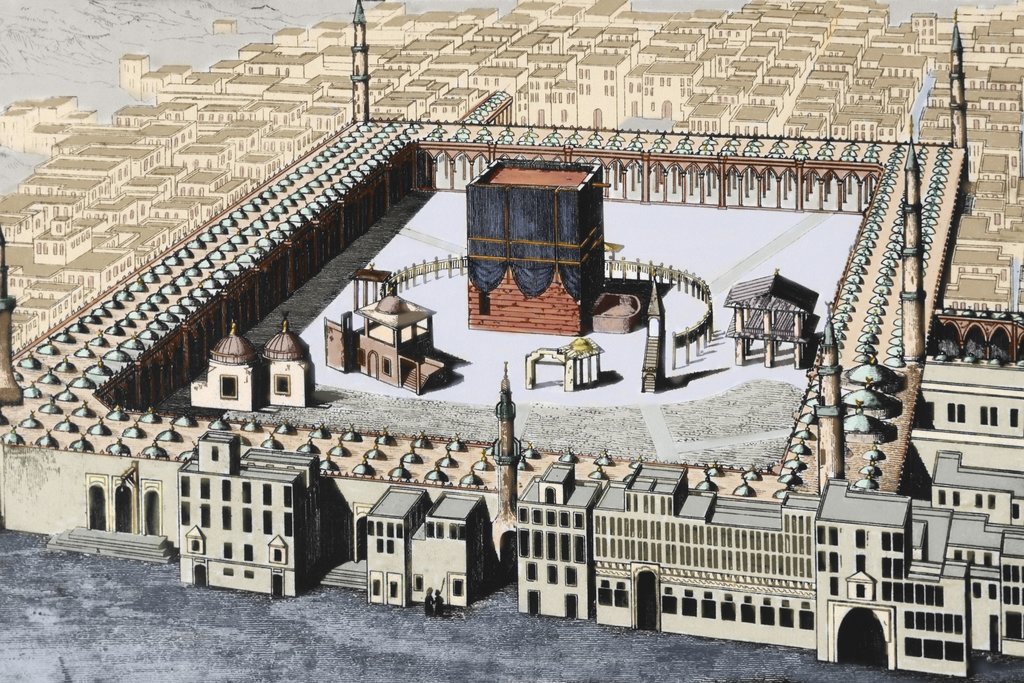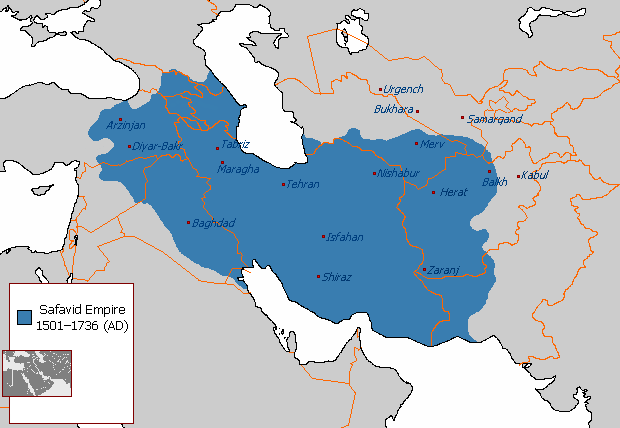The Destruction of Mecca
By ZIAUDDIN SARDAR
SEPT. 30, 2014 The New York
Times
WHEN Malcolm X visited Mecca in 1964, he was enchanted. He
found the city “as ancient as time itself,” and wrote that the partly
constructed extension to the Sacred Mosque “will surpass the architectural
beauty of India’s Taj Mahal.”
Fifty years on, no one could possibly describe Mecca as
ancient, or associate beauty with Islam’s holiest city. Pilgrims performing the
hajj this week will search in vain for Mecca’s history.
The dominant architectural site in the city is not the
Sacred Mosque, where the Kaaba, the symbolic focus of Muslims everywhere, is.
It is the obnoxious Makkah Royal Clock Tower hotel, which, at 1,972 feet, is
among the world’s tallest buildings. It is part of a mammoth development of
skyscrapers that includes luxury shopping malls and hotels catering to the
superrich. The skyline is no longer dominated by the rugged outline of
encircling peaks. Ancient mountains have been flattened. The city is now
surrounded by the brutalism of rectangular steel and concrete structures — an
amalgam of Disneyland and Las Vegas.
The “guardians” of the Holy City, the rulers of Saudi Arabia
and the clerics, have a deep hatred of history. They want everything to look
brand-new. Meanwhile, the sites are expanding to accommodate the rising number
of pilgrims, up to almost three million today from 200,000 in the 1960s.
The initial phase of Mecca’s destruction began in the
mid-1970s, and I was there to witness it. Innumerable ancient buildings,
including the Bilal mosque, dating from the time of the Prophet Muhammad, were
bulldozed. The old Ottoman houses, with their elegant mashrabiyas — latticework
windows — and elaborately carved doors, were replaced with hideous modern ones.
Within a few years, Mecca was transformed into a “modern” city with large
multilane roads, spaghetti junctions, gaudy hotels and shopping malls.
The few remaining buildings and sites of religious and
cultural significance were erased more recently. The Makkah Royal Clock Tower,
completed in 2012, was built on the graves of an estimated 400 sites of
cultural and historical significance, including the city’s few remaining
millennium-old buildings. Bulldozers arrived in the middle of the night,
displacing families that had lived there for centuries. The complex stands on
top of Ajyad Fortress, built around 1780, to protect Mecca from bandits and
invaders. The house of Khadijah, the first wife of the Prophet Muhammad, has
been turned into a block of toilets. The Makkah Hilton is built over the house
of Abu Bakr, the closest companion of the prophet and the first caliph.
Mecca Over the Years
Apart from the Kaaba itself, only the inner core of the
Sacred Mosque retains a fragment of history. It consists of intricately carved
marble columns, adorned with calligraphy of the names of the prophet’s companions.
Built by a succession of Ottoman sultans, the columns date from the early 16th
century. And yet plans are afoot to demolish them, along with the whole of the
interior of the Sacred Mosque, and to replace it with an ultramodern
doughnut-shaped building.
The only other building of religious significance in the
city is the house where the Prophet Muhammad lived. During most of the Saudi
era it was used first as a cattle market, then turned into a library, which is
not open to the people. But even this is too much for the radical Saudi clerics
who have repeatedly called for its demolition. The clerics fear that, once
inside, pilgrims would pray to the prophet, rather than to God — an
unpardonable sin. It is only a matter of time before it is razed and turned,
probably, into a parking lot.
The cultural devastation of Mecca has radically transformed
the city. Unlike Baghdad, Damascus and Cairo, Mecca was never a great
intellectual and cultural center of Islam. But it was always a pluralistic city
where debate among different Muslim sects and schools of thought was not
unusual. Now it has been reduced to a monolithic religious entity where only
one, ahistoric, literal interpretation of Islam is permitted, and where all
other sects, outside of the Salafist brand of Saudi Islam, are regarded as
false. Indeed, zealots frequently threaten pilgrims of different sects. Last
year, a group of Shiite pilgrims from Michigan were attacked with knives by
extremists, and in August, a coalition of American Muslim groups wrote to the
State Department asking for protection during this year’s hajj.
The erasure of Meccan history has had a tremendous impact on
the hajj itself. The word “hajj” means effort. It is through the effort of
traveling to Mecca, walking from one ritual site to another, finding and
engaging with people from different cultures and sects, and soaking in the
history of Islam that the pilgrims acquired knowledge as well as spiritual
fulfillment. Today, hajj is a packaged tour, where you move, tied to your group,
from hotel to hotel, and seldom encounter people of different cultures and
ethnicities. Drained of history and religious and cultural plurality, hajj is
no longer a transforming, once-in-a-lifetime spiritual experience. It has been
reduced to a mundane exercise in rituals and shopping.
Mecca is a microcosm of the Muslim world. What happens to
and in the city has a profound effect on Muslims everywhere. The spiritual
heart of Islam is an ultramodern, monolithic enclave, where difference is not
tolerated, history has no meaning, and consumerism is paramount. It is hardly
surprising then that literalism, and the murderous interpretations of Islam
associated with it, have become so dominant in Muslim lands.
Ziauddin Sardar is the editor of the quarterly Critical
Muslim and the author of “Mecca: The Sacred City.”




